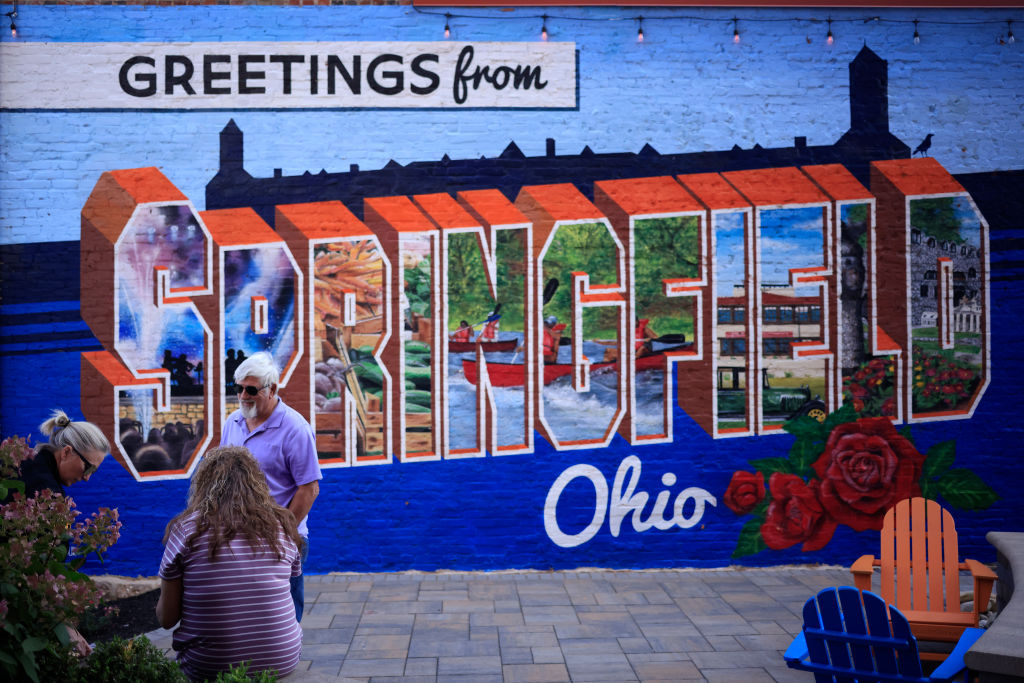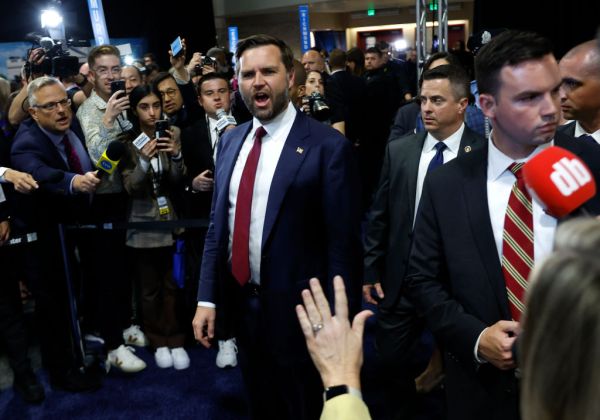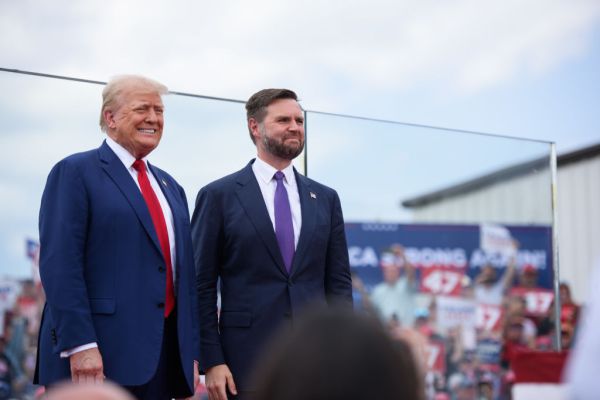In 1990, just 5 percent of Americans had passports, according to the State Department. Last year, that number hit 48 percent, with more than 160 million passports in circulation—doubling since 2007.
Consumer research suggests it’s 56 percent, but, unsurprisingly, not in an equal distribution. While survey data aren’t as reliable as the hard numbers of passports issued, it would make sense that young adults, those under 30, would have a lot more passports per capita than older Americans.
Think about it this way: America’s population grew by about 30 million from 2007 to 2023, but the number of passports increased by more than 80 million in the same period—even with millions of passport holders going to the great first class lounge in the sky during that time.
Those 65 million or so Americans born in the 1990s and early aughts who came of age between 2008 and 2023 must account for a lot of the surge, even if we assume that the 12.2 million immigrants who became citizens in the years of the passport boom all signed up. (Which is probably not that far from reality, given that they were all international travelers to begin with.) And it would still have to be true even if young parents are more likely now than in previous generations to get passports for their children.
The numbers are just too huge not to reflect a radical change in the way ordinary Americans, particularly those born since 1990, are living.
Passport applications give us a unique window into how Americans live and travel today. The number doesn’t include the millions of noncitizens who, no doubt, frequently travel back and forth to their native countries. While some citizens may get a passport just for identification purposes, the overwhelming majority do so with the intention to travel for work, school, family obligations, or pleasure.
Air travel has, adjusted for inflation, gotten cheaper since 2007. But not so much that it would account for the massive surge in overseas travel by Americans since the end of the recession that followed the financial panic of 2008. About 27 million of us traveled to countries other than Canada and Mexico in 2011. Last year, it was 49 million. The number cratered during the COVID pandemic, but resumed with vigor in 2023, picking up the surge as if the disruption had never happened.
So where are they all going? The big draws, other than the 34 million who went to Mexico, 9 million who went to Canada, and 3 million who went to the Dominican Republic last year, were in Europe: 4 million went to the United Kingdom, 3 million to France, 3 million to Italy, and 2 million each to Germany and Spain. But that means that the other 30 million or so folks were scattered to the rest of the world.
Think about that: A cohort of Americans, about the size of the population of Texas, out and about. Not cheesing by the Eiffel Tower or Big Ben, but flung to the farthest corners of the globe. And lots of them—maybe even most of them—were young Americans. That has implications, good and bad, for the places they visit, but even bigger ones for the nation they come home to.
In 1990, 1 in 20 Americans was a passport holder. Now it is half, and rising. In the span of one generation, we went from isolated to engaged and turned the old stereotype of the provincial American on its head.
We could guess at the reasons. Americans are much, much wealthier than we were in 1990. Inflation-adjusted per capita income has nearly doubled since then. So maybe overseas travel is just like other luxuries, like vacation homes and boats. But I suspect there’s something else to explain this travel surge: the internet.
The world has gotten a lot smaller since 1990. Not only in the practical sense of how easier it is to book and execute travel, but in what Americans might find accessible and attractive. Thirty-five years ago, college-educated elites knew about European grand tours and backpacking to exotic places. Now, there’s an M&M’s store off Piccadilly Circus and you need a reservation to hike Machu Picchu.
For Americans who grew up understanding the world through their browser or social media app, the rest of the planet must seem closer than it was for those of us who came of age at a time of pen pals, Fodor’s guides, and pocket translation dictionaries. We know that a connected, smartphone-powered world has helped fuel a surge of migration to America, but we may not appreciate that the same things are propelling Americans beyond our borders, too.
The migration surge is very much at the center of the presidential campaign taking place right now, particularly about one small town in the home state of Republican vice presidential nominee Sen. J.D. Vance.
The big top of the 2024 circus has sprung up in Springfield, Ohio, where Vance has succeeded in a bid to “create stories” that ratchet up the level of panic in the electorate about the migrant surge. The stories are throwbacks to the old rumors every kid heard 40 years ago about foreigners eating dogs and cats.
In my hometown one state over, just as surely as there was someone in a van with a ski scene painted on the side out abducting kids and a satanic cult sacrificing young women in the hills across the river, there were absolutely dog and cat carcasses found in the dumpster of the Chinese restaurant in the next town to our south. If you don’t believe it, just ask my friend’s older brother, who heard all about it from the assistant coach on his cousin’s football team.
On the one hand, the facile repetition of the old foreigners-eat-our-pets schtick by those who ought to know better is a reminder of the lightning speed with which a lie can travel in a connected world.
But on the other hand, we are reminded that Vance’s wife, Usha Chilukuri Vance, is the daughter of immigrants from Andhra Pradesh, India. Her parents, like the Indian American mother of Vice President Kamala Harris, came to America when stories about foreigners eating our pets very seldom made it on the evening news or the front page of the New York Times, but were most assuredly being repeated over and over—and never debunked.
The myth of the pet-eating Hatians of Springfield is some nasty stuff, to be sure. But it feels a lot more like a desperation play by a losing campaign than the rebirth of the Ku Klux Klan.
When people said the professional offices of the Chilukuris or Shyamala Gopalan Harris probably smelled like curry, it didn’t make national news either. The sneers and the jokes didn’t get any publicity back then, but then neither did anyone go on the Sunday talk shows to denounce it.
America is a different place than it was when those kinds of slanders weren’t reported, but were believed. That’s in part because Americans have seen the world. For all the ways that life online has divided us, it has expanded our horizons.
Those 50 million extra passport holders didn’t just get cool pics for the Instagram accounts, they got perspective, too.







Please note that we at The Dispatch hold ourselves, our work, and our commenters to a higher standard than other places on the internet. We welcome comments that foster genuine debate or discussion—including comments critical of us or our work—but responses that include ad hominem attacks on fellow Dispatch members or are intended to stoke fear and anger may be moderated.
With your membership, you only have the ability to comment on The Morning Dispatch articles. Consider upgrading to join the conversation everywhere.